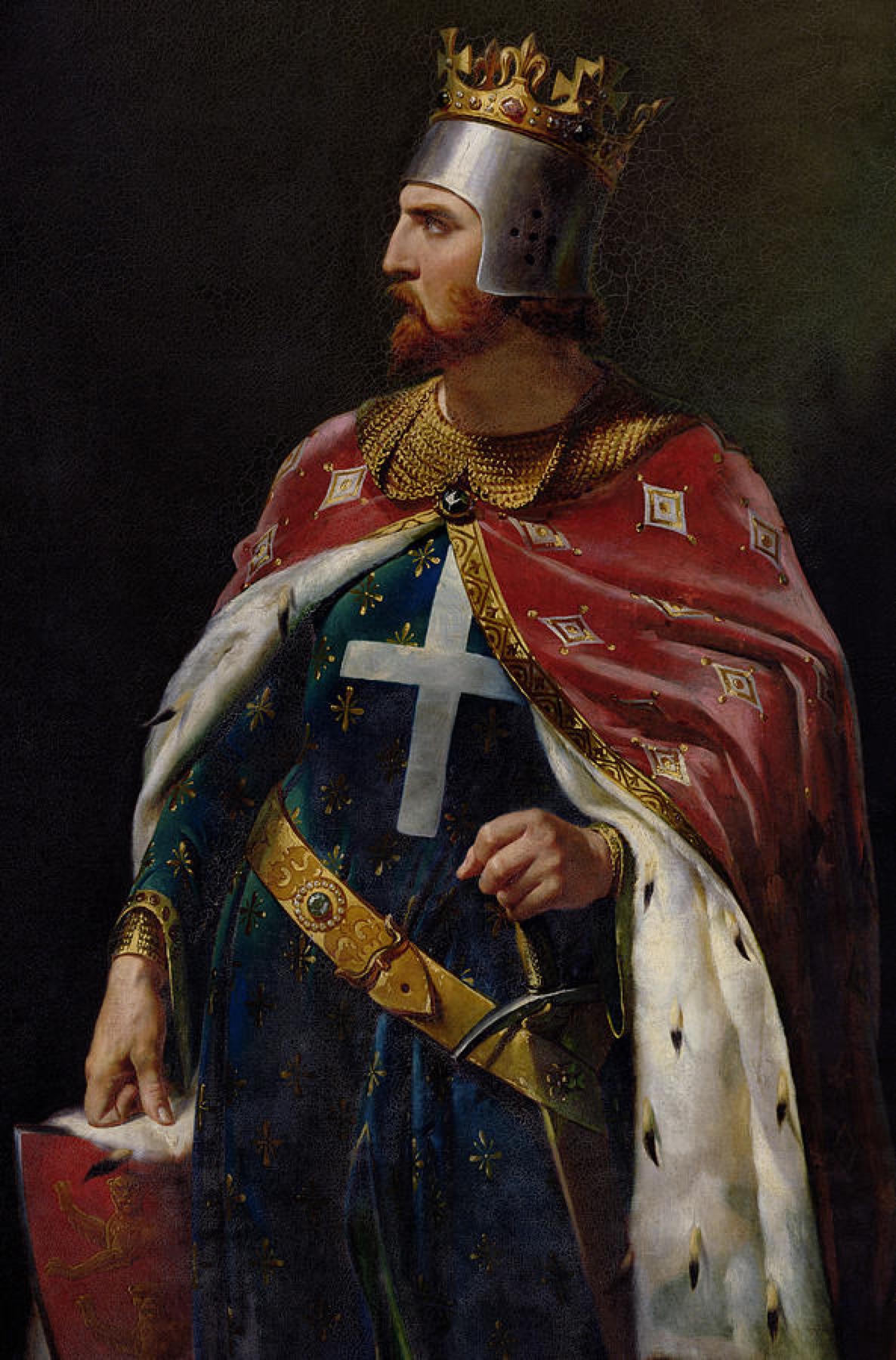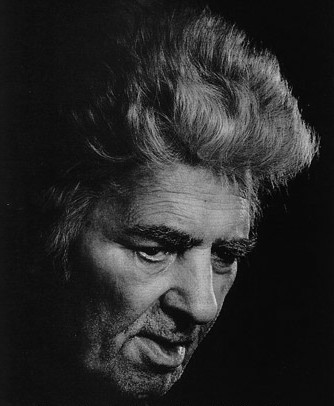|
Anvari
Anvari (1126ŌĆō1189), full name Awhad ad-Din 'Ali ibn Mohammad Khavarani or Awhad ad-Din 'Ali ibn Mahmud ( fa, ž¦┘łžŁž»ž¦┘äž»█ī┘å ž╣┘ä█ī ž¦ž©┘å ┘ģžŁ┘ģž» ž¦┘å┘łž▒█ī) was a Persian poet. Anvar─½ was born in Abivard (now in Turkmenistan) and died in Balkh, Khor─üs─ün (now in Afghanistan).''Encyclop├”dia Britannica''Online Edition 2007/ref> He studied science and literature at the collegiate institute in Toon (now Ferdows, Iran), becoming a famous astronomer as well as a poet. Anvari's poems were collected in a Deewan, and contains panegyrics, eulogies, satire, and others. His elegy "Tears of Khorasan", translated into English in 1789, is considered to be one of the most beautiful poems in Persian literature. ''The Cambridge History of Iran'' calls Anvari "one of the greatest figures in Persian literature". Despite their beauty, his poems often required much help with interpretation, as they were often complex and difficult to understand. Anvari's panegyric in honour of the Seljuk ... [...More Info...] [...Related Items...] OR: [Wikipedia] [Google] [Baidu] |
Ahmed Sanjar
Ahmad Senjer ( fa, ; full name: ''Muizz ad-Dunya wa ad-Din Adud ad-Dawlah Abul-Harith Ahmad Sanjar ibn Malik-Shah'') (''b''. 1085 ŌĆō ''d''. 8 May 1157) was the Seljuk Empire, Seljuq ruler of Greater Khorasan, Khorasan from 1097 until in 1118,"SANJAR, AßĖźmad b. Malek┼Ī─üh" ''Encyclop├”dia Iranica'' when he became the Sultan of the Seljuq Empire, which he ruled until his death in 1157. Early years Sanjar was born in ca. 1086 in Sinjar, a town situated in northwestern Iraq. Although primary sources state that he was named after his birthplace (R─üvandi, p. 185; Ebn al-Jawzi, XVIII, p. 161) Clifford Edmund Bosworth, Bosworth notes ''Sanjar'' is a Turkic languages, Turkic name, denoting "he who pierces", "he who thrusts". He was a son ...[...More Info...] [...Related Items...] OR: [Wikipedia] [Google] [Baidu] |
1189 Deaths
Year 1189 ( MCLXXXIX) was a common year starting on Sunday (link will display the full calendar) of the Julian calendar. In English law, 1189 - specifically the beginning of the reign of Richard I - is considered the end of time immemorial. Events By place Europe * May 11 – Emperor Frederick I (Barbarossa) sets out from Regensburg, at the head of a German expeditionary force (some 15,000 men, including 4,000 knights). He has ensured that his lands are safe while he is away on crusade and leaves his son Henry VI in charge of the country. After leaving Germany, Frederick's army is increased by a contingent of 2,000 men led by Prince G├®za, younger brother of King B├®la III of Hungary. On July 27, he arrives at Ni┼Ī and is welcomed by Stefan Nemanja, Grand Prince of Serbia. In order to ease his passage, Frederick makes diplomatic contacts with Hungary, the Byzantine Empire and the Seljuk Sultanate of Rum. * July 6 – King Henry II dies at Chinon, near Tours, ... [...More Info...] [...Related Items...] OR: [Wikipedia] [Google] [Baidu] |
Balkh
), named for its green-tiled ''Gonbad'' ( prs, ┌»┘Å┘åž©┘Äž», dome), in July 2001 , pushpin_map=Afghanistan#Bactria#West Asia , pushpin_relief=yes , pushpin_label_position=bottom , pushpin_mapsize=300 , pushpin_map_caption=Location in Afghanistan , subdivision_type=Country , subdivision_name= , subdivision_type1=Province , subdivision_name1=Balkh Province , subdivision_type2=District , subdivision_name2=Balkh District , population_as_of=2021 , population_footnotes= , population_blank1_title=City , population_blank1=138,594 , population_blank2_title=Religions , timezone=+ 4.30 , coordinates= , blank_name=Climate , blank_info=BSk Balkh (; prs, , ''Balkh''; xbc, ╬Æ╬¼Žć╬╗╬┐, ''B├Īkhlo''; grc, ╬Æ╬¼╬║ŽäŽü╬▒, ''B├Īktra'') is a town in the Balkh Province of Afghanistan, about northwest of the provincial capital, Mazar-e Sharif, and some south of the Amu Darya river and the Uzbekistan border. Its population was recently estimated to be 138,594. Balkh was historically an ancient pla ... [...More Info...] [...Related Items...] OR: [Wikipedia] [Google] [Baidu] |
List Of Persian Poets And Authors
The list is not comprehensive, but is continuously being expanded and includes Persian writers and poets from Iran, Afghanistan, Azerbaijan, Bangladesh, India, Tajikistan, Uzbekistan, and Turkmenistan. This list is alphabetized by chronological order. Although a few authors in this list do not have their ethnic origin, nevertheless they have enriched Persian culture and civilization by their remarkable contributions to the rich Persian literature. The modern Persian speaker comprehends the literature of the earliest Persian poets including founder of the Persian poetry and literature Rudaki (approximately 1150 years ago) all the way down to the works of modern Persian poets. Some names that lived during the turn of a century appear twice. From the 7th to the 8th centuries *Abu'l-Abbas Marwazi 9th century * Rudaki (ž▒┘łž»┌®█ī) * Muhammad al-Bukhari Persian Islamic Scholar, (810 - 870) * Mansur Al-Hallaj (┘ģ┘åžĄ┘łž▒ žŁ┘䞦ž¼) * Shahid Balkhi (ž¦ž©┘łž¦┘䞣ž│┘å ž┤┘ć┘Ŗž»ž©┘å žŁž│┘Ŗ ... [...More Info...] [...Related Items...] OR: [Wikipedia] [Google] [Baidu] |
Sanjar
Senjer ( fa, ; full name: ''Muizz ad-Dunya wa ad-Din Adud ad-Dawlah Abul-Harith Ahmad Sanjar ibn Malik-Shah'') (''b''. 1085 ŌĆō ''d''. 8 May 1157) was the Seljuq ruler of Khorasan from 1097 until in 1118,"SANJAR, AßĖźmad b. Malek┼Ī─üh" ''Encyclop├”dia Iranica'' when he became the of the , which he ruled until his death in 1157. Early years Sanjar was born in ca. 1086 in , a town situated in northwestern |
Persian Literature
Persian literature ( fa, ž¦ž»ž©█īž¦ž¬ ┘üž¦ž▒ž│█ī, Adabiy├óte f├órsi, ) comprises oral compositions and written texts in the Persian language and is one of the world's oldest literatures. It spans over two-and-a-half millennia. Its sources have been within Greater Iran including present-day Iran, Iraq, Afghanistan, the Caucasus, and Turkey, regions of Central Asia (such as Tajikistan) and South Asia where the Persian language has historically been either the native or official language. For example, Rumi, one of the best-loved Persian poets, born in Balkh (in modern-day Afghanistan) or Wakhsh (in modern-day Tajikistan), wrote in Persian and lived in Konya (in modern-day Turkey), at that time the capital of the Seljuks in Anatolia. The Ghaznavids conquered large territories in Central and South Asia and adopted Persian as their court language. There is thus Persian literature from Iran, Mesopotamia, Azerbaijan, the wider Caucasus, Turkey, Pakistan, Bangladesh, India, Tajikist ... [...More Info...] [...Related Items...] OR: [Wikipedia] [Google] [Baidu] |
Diwan (poetry)
In Islamic cultures of the Middle East, North Africa, Sicily and South Asia, a Diwan ( fa, ž»█ī┘łž¦┘å, ''div├ón'', ar, ž»┘Ŗ┘łž¦┘å, ''d─½w─ün'') is a collection of poems by one author, usually excluding his or her long poems ( mathnaw─½). The vast majority of Diwan poetry was lyric in nature: either ghazals or ''gazel''s (which make up the greatest part of the repertoire of the tradition), or ''kas├«de''s. There were, however, other common genres, most particularly the ''mesnev├«'', a kind of verse romance and thus a variety of narrative poetry; the two most notable examples of this form are the ''Layla and Majnun'' (┘ä┘Ŗ┘ä┘ē ┘ł ┘ģž¼┘å┘ł┘å) of Fuz├╗l├« and the ''H├╝sn ├╝ A┼¤k'' (žŁž│┘å ┘ł ž╣ž┤┘é; "Beauty and Love") of ┼×eyh G├ólib. Originating in Persian literature, the idea spread to the Arab and Turkish worlds, and South Asia, and the term was sometimes used in Europe, not always in the same way. Etymology The English usage of the phrase "diwan poetry" comes from the Arab ... [...More Info...] [...Related Items...] OR: [Wikipedia] [Google] [Baidu] |
1126 Births
Eleven or 11 may refer to: *11 (number), the natural number following 10 and preceding 12 * one of the years 11 BC, AD 11, 1911, 2011, or any year ending in 11 Literature * ''Eleven'' (novel), a 2006 novel by British author David Llewellyn *''Eleven'', a 1970 collection of short stories by Patricia Highsmith *''Eleven'', a 2004 children's novel in The Winnie Years by Lauren Myracle *''Eleven'', a 2008 children's novel by Patricia Reilly Giff *''Eleven'', a short story by Sandra Cisneros Music *Eleven (band), an American rock band * Eleven: A Music Company, an Australian record label * Up to eleven, an idiom from popular culture, coined in the movie ''This Is Spinal Tap'' Albums * ''11'' (The Smithereens album), 1989 * ''11'' (Ua album), 1996 * ''11'' (Bryan Adams album), 2008 * ''11'' (Sault album), 2022 * ''Eleven'' (Harry Connick, Jr. album), 1992 * ''Eleven'' (22-Pistepirkko album), 1998 * ''Eleven'' (Sugarcult album), 1999 * ''Eleven'' (B'z album), 2000 * ''Eleven'' (Ream ... [...More Info...] [...Related Items...] OR: [Wikipedia] [Google] [Baidu] |
12th-century Persian-language Poets
1 (one, unit, unity) is a number representing a single or the only entity. 1 is also a numerical digit and represents a single unit of counting or measurement. For example, a line segment of ''unit length'' is a line segment of length 1. In conventions of sign where zero is considered neither positive nor negative, 1 is the first and smallest positive integer. It is also sometimes considered the first of the infinite sequence of natural numbers, followed by 2, although by other definitions 1 is the second natural number, following 0. The fundamental mathematical property of 1 is to be a multiplicative identity, meaning that any number multiplied by 1 equals the same number. Most if not all properties of 1 can be deduced from this. In advanced mathematics, a multiplicative identity is often denoted 1, even if it is not a number. 1 is by convention not considered a prime number; this was not universally accepted until the mid-20th century. Additionally, 1 is the s ... [...More Info...] [...Related Items...] OR: [Wikipedia] [Google] [Baidu] |
Mathematics
Mathematics is an area of knowledge that includes the topics of numbers, formulas and related structures, shapes and the spaces in which they are contained, and quantities and their changes. These topics are represented in modern mathematics with the major subdisciplines of number theory, algebra, geometry, and analysis, respectively. There is no general consensus among mathematicians about a common definition for their academic discipline. Most mathematical activity involves the discovery of properties of abstract objects and the use of pure reason to prove them. These objects consist of either abstractions from nature orin modern mathematicsentities that are stipulated to have certain properties, called axioms. A ''proof'' consists of a succession of applications of deductive rules to already established results. These results include previously proved theorems, axioms, andin case of abstraction from naturesome basic properties that are considered true starting points of ... [...More Info...] [...Related Items...] OR: [Wikipedia] [Google] [Baidu] |
Theology
Theology is the systematic study of the nature of the divine and, more broadly, of religious belief. It is taught as an academic discipline, typically in universities and seminaries. It occupies itself with the unique content of analyzing the supernatural, but also deals with religious epistemology, asks and seeks to answer the question of revelation. Revelation pertains to the acceptance of God, gods, or deities, as not only transcendent or above the natural world, but also willing and able to interact with the natural world and, in particular, to reveal themselves to humankind. While theology has turned into a secular field , religious adherents still consider theology to be a discipline that helps them live and understand concepts such as life and love and that helps them lead lives of obedience to the deities they follow or worship. Theologians use various forms of analysis and argument ( experiential, philosophical, ethnographic, historical, and others) to help understa ... [...More Info...] [...Related Items...] OR: [Wikipedia] [Google] [Baidu] |
Music
Music is generally defined as the art of arranging sound to create some combination of form, harmony, melody, rhythm or otherwise expressive content. Exact definitions of music vary considerably around the world, though it is an aspect of all human societies, a cultural universal. While scholars agree that music is defined by a few specific elements, there is no consensus on their precise definitions. The creation of music is commonly divided into musical composition, musical improvisation, and musical performance, though the topic itself extends into academic disciplines, criticism, philosophy, and psychology. Music may be performed or improvised using a vast range of instruments, including the human voice. In some musical contexts, a performance or composition may be to some extent improvised. For instance, in Hindustani classical music, the performer plays spontaneously while following a partially defined structure and using characteristic motifs. In modal jazz ... [...More Info...] [...Related Items...] OR: [Wikipedia] [Google] [Baidu] |









